 ‘Four things to see this week’ is sponsored by Bloomberg Connects, the free arts and culture app. Bloomberg Connects lets you access museums, galleries and cultural spaces around the world on demand. Download the app here to access digital guides and explore a variety of content.
‘Four things to see this week’ is sponsored by Bloomberg Connects, the free arts and culture app. Bloomberg Connects lets you access museums, galleries and cultural spaces around the world on demand. Download the app here to access digital guides and explore a variety of content.
Each week we bring you four of the most interesting objects from the world’s museums, galleries and art institutions, hand-picked to mark significant moments in the calendar.
The Gay Liberation Front (GLF) was established in the wake of the Stonewall riots in New York in 1969, which followed the police raid of the Stonewall Inn, a gay club located in Greenwich Village. The activist organisation soon became influential in the United Kingdom, attracting queer people of all ages united in their quest for freedom from oppression. ‘Gay Days’ were held in parks with games, kiss-ins and sing-a-longs, while counter-demonstrations targeted rallies by the Festival of Light – a movement formed by British Christians concerned about the shift towards a more permissive society.
On 1 July 1972, the GLF and the Campaign for Homosexual Equality staged the UK’s first Pride march. Thousands of people took part in the event, which began in London’s Trafalgar Square and ended in Hyde Park via Oxford Street – a route that is no longer permitted in today’s Pride marches, as it is believed it would disrupt too many shoppers. Many more participants are thought to have marched on side streets for fear of social stigma or of being photographed by the police. At the start of this year’s Pride month – now an international movement – we take a look at four legendary queer artists.
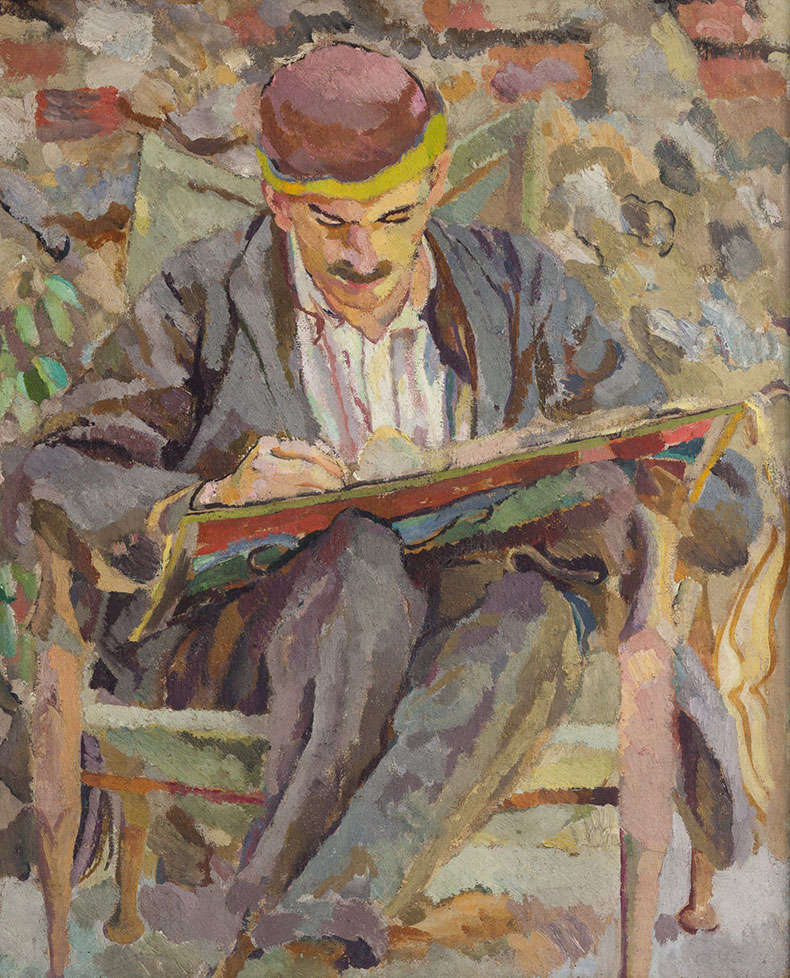
Portrait of John Maynard Keynes (1917), Duncan Grant. The Charleston Trust © The Estate of Duncan Grant, DACS 2020.
1. Portrait of John Maynard Keynes (1917), Duncan Grant
Charleston, Sussex
This tender portrait of the economist and founding chairman of the Arts Council, John Maynard Keynes, was painted by his then-lover Duncan Grant. The picture was created at Charleston, the bohemian home Grant shared with fellow artist Vanessa Bell from World War One onwards; Keynes had his own bedroom in their house. Click here to find out more on the Bloomberg Connects app.
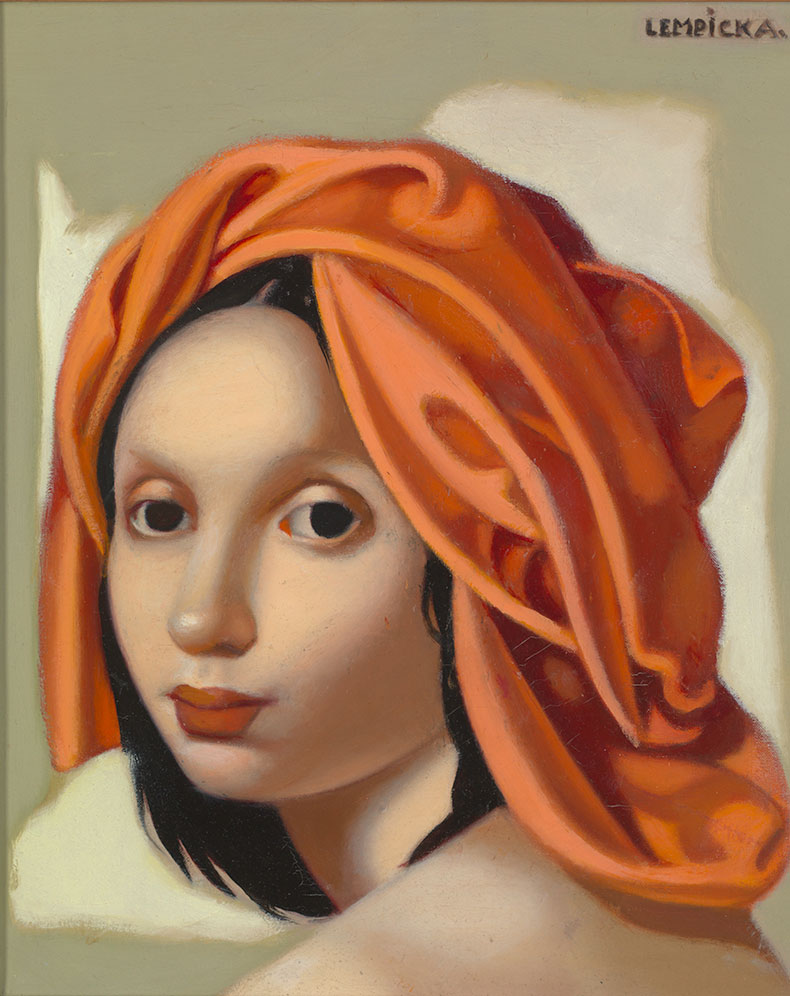
Le Turban orange (c. 1945), Tamara de Lempicka. Musée d’Art Moderne André Malraux, Le Havre. © MuMa Le Havre/Florian Kleinefenn © ADAGP, Paris
2. Le Turban orange (c. 1945), Tamara de Lempicka
Musée d’Art Moderne André Malraux, Le Havre
Tamara de Lempicka is widely renowned for her striking art deco portraits that drew influence from both cubism and neoclassicism. Born in Poland, she and her parents escaped the Bolsheviks to live in Paris where she found her place within the bohemian fringes of society. As a bisexual woman, she bought a unique perspective to her art, capturing both men and women with sensuality and power. Click here to find out more.

Saint Sebastian (1615–16), Guido Reni. Pio Collection.
3. Saint Sebastian (1615–16), Guido Reni
Museo Capitolini, Rome
This work is one of three paintings of Saint Sebastian by the baroque painter Guido Reni that have become key to queer iconography. Oscar Wilde saw the version in Genoa – where, as in this piece, Sebastian looks up at the heavens almost suggestively, while standing in a sinuous contrapposto. Wilde subsequently adopted the pen name of Sebastian while exiled in Paris following his imprisonment for ‘indecency’. Click here to find out more.
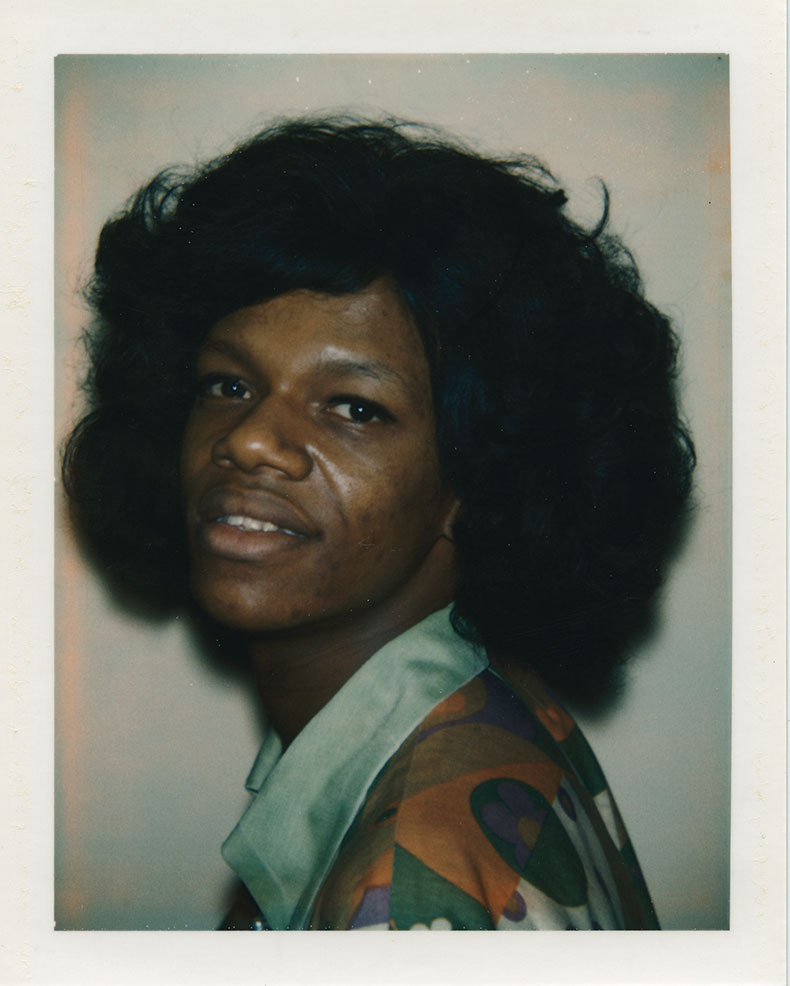
Ladies and Gentlemen (Broadway) (1974), Andy Warhol. Tang Teaching Museum collection, gift of the Andy Warhol Foundation for Visual Arts. © The Andy Warhol Foundation for the Visual Arts, Inc.
4. Ladies and Gentlemen (Broadway) (1974), Andy Warhol
The Frances Young Tang Teaching Museum and Art Gallery at Skidmore College, New York
Andy Warhol’s Ladies and Gentlemen series includes portraits of Black and Latinx trans women and drag queens that the artist met in the Gilded Grape, a bar near the Factory. The many sitters included Marsha P Johnson, a key figure in the Stonewall riots and the enigmatic Broadway, shown here in a preparatory polaroid. Click here to find out more.
Download now
![]() ‘Four things to see this week’ is sponsored by Bloomberg Connects, the free arts and culture app. Bloomberg Connects lets you access museums, galleries and cultural spaces around the world on demand. Download the app here to access digital guides and explore a variety of content or scan the QR code.
‘Four things to see this week’ is sponsored by Bloomberg Connects, the free arts and culture app. Bloomberg Connects lets you access museums, galleries and cultural spaces around the world on demand. Download the app here to access digital guides and explore a variety of content or scan the QR code.
Unlimited access from just $16 every 3 months
Subscribe to get unlimited and exclusive access to the top art stories, interviews and exhibition reviews.


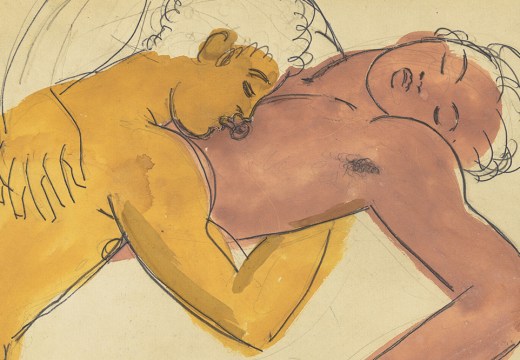
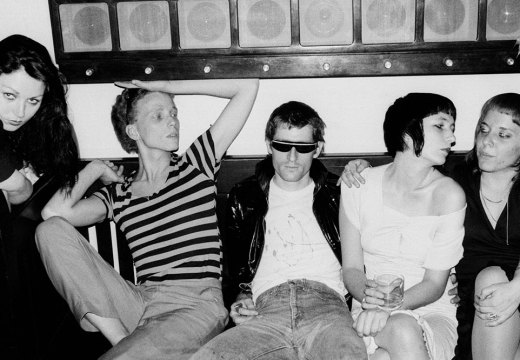
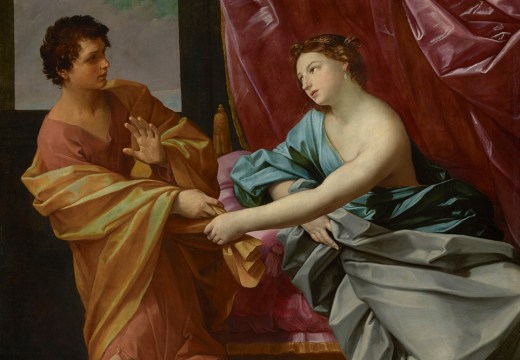









![Masterpiece [Re]discovery 2022. Photo: Ben Fisher Photography, courtesy of Masterpiece London](http://www.apollo-magazine.com/wp-content/uploads/2022/07/MPL2022_4263.jpg)
It’s time for the government of London to return to its rightful home